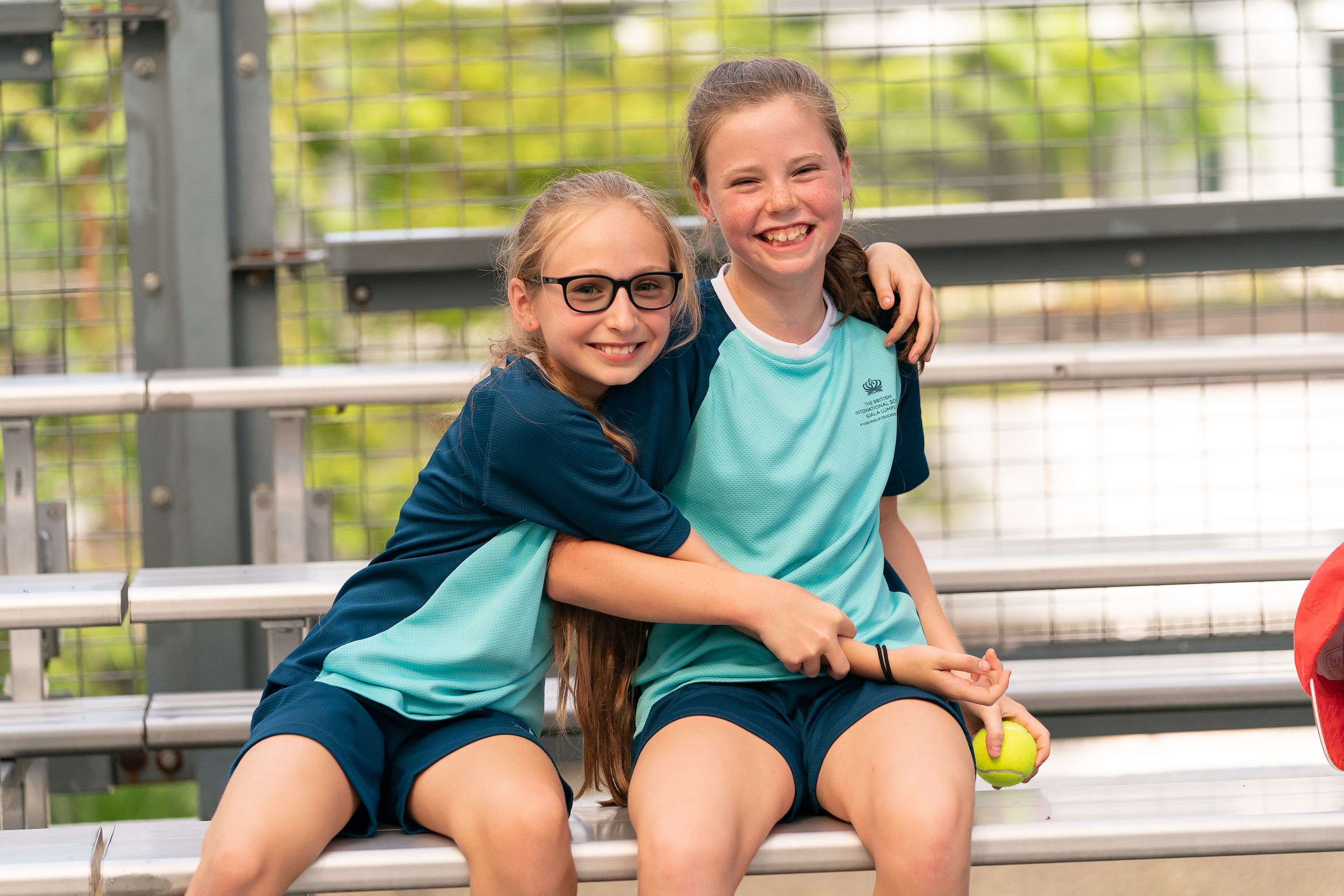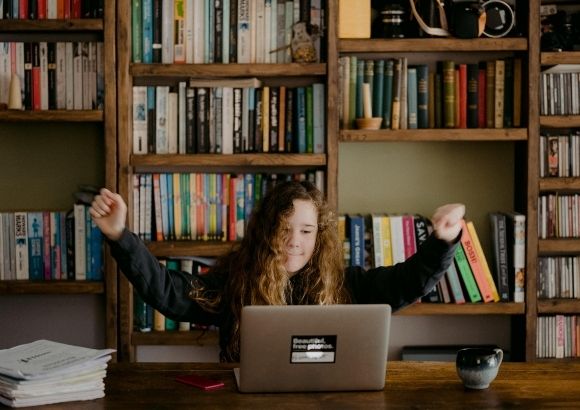#OnlineLearningThrowback: Thriving During the Pandemic
Published by SchoolAdvisor | Mar 19, 2021
Photo by Annie Spratt on Unsplash
Now that children are back to school, parents and educators are taking the opportunity to look back at the many months of online and hybrid learning in order to make the classroom setting a better place for all.
An overwhelming majority of parents are more than thrilled about having their children back in school, while some remain fearful about the pandemic and are still opting for their children to remain at home. Some parents have even withdrawn their children from school for the time being.
Online Learning Offers Hidden Opportunities To Grow
But there’s no denying that the times of online learning has brought out some interesting facts about how children learn. How have students really fared during the pandemic? That was truly the million-dollar question that was on everyone’s mind.
For some younger kids, it was fairly hard to grasp topics without some hand-holding at home. At The British International School Kuala Lumpur (BSKL), the teachers worked tirelessly to keep things as close to normal as possible. Where they could, they tried to reduce screen time for younger kids, relying on parents and guardians to guide students and do home-based activities. BSKL teachers even tried to find ways for students to still do PE at home so that physical activities would not be neglected during the MCO.
Down to the minute details of how to monitor attendance, and what to do in the event that students don’t log on to virtual school, everything was looked over and modified, in order to make the experience better.
“The hardest challenge was the frustration of not knowing how long the lockdown was going to go on for. If we wanted to make a decision about sweeping changes, it was not really possible. We had to make do with minor adjustments, which was not very satisfying. How do we maintain that sense that we are still delivering quality and a vibrant sense of community? How do we keep people through this long journey, and through a virtual environment?” said Nicola Jane Brown, Head of Secondary.
Nicola also expressed her worry about supporting those whose performance might have dipped.

Photo by The British International School Kuala Lumpur (BSKL)
What Nicola and her teachers learned however, was that people can adjust their mindsets. Children are especially resilient and this has never been more true during a pandemic.
There were some who truly thrived when it came to online learning.
“Some of the students I saw as being the most successful were those who have embraced the virtual school environment. They really developed a newfound sense of confidence and have begun voicing their opinions in a way they didn’t do before. They have started to really come forward. This environment has given them a sense of courage,” said Nicola proudly.
She added that these same students have flourished during the pandemic and have likely felt comfortable being in their element and having their things around them. Some of them even developed new hobbies like taking up baking, or learning to play the guitar.
“It’s something that the parents didn’t expect as well!” she added.
Children Taking Ownership Of Their Time

Photo by Jazmin Quaynor on Unsplash
There are several reasons why some children thrived in a virtual classroom setting. It isn’t just shy or introverted kids who reported higher success rates via online learning. Some kids who were formerly known to be a distraction in class have thrived being away from the physical environment. Away from the social interactions that are a normal part of the classroom, they were able to focus better instead of struggling to tune out what was going on around them.
Kids known to be hyperactive or highly creative have been doing well with online learning. The pandemic has brought to light why some kids succeed and why some don’t.
Another thing that educators and teachers discovered is that the fast-paced nature of schools may be the reason some children cannot keep up. Online learning however, allows these same children a degree of flexibility and they were able to learn at their own pace.
With a more fluid schedule, children started to gain a sense of independence and ownership over their own time, instead of having to be subjected to a strict schedule that is the norm with school. Online learning allows children to take breaks and fill their spare time with new hobbies, or even exercise.
Finding new pockets of time was also due to the fact that children were released from doing extracurricular activities during the pandemic. Those who were attending extra classes after school were now conducting these activities online as well. The time they would usually spend on commuting and eating a rushed lunch or snack in the car is now an opportunity to pursue non-academic activities that interest them. Or really, it was just more time to relax.
Research has shown that children who have an overly-packed schedule do experience higher levels of anxiety. On top of the pressure to perform at school, children today carry the burden of having to sharpen their skills in other areas. It’s been drummed into their heads that they need to do more than just excel in school in order to succeed later in life. It’s not a bad thing to prepare them, but all of this pressure can be overwhelming.
Another factor that may have contributed to some children’s ability to thrive during the pandemic is the lack of social and emotional issues that can often be a part of their school experience. Bright or shy children may face bullying and teasing from their classmates. The lack of these issues might have been a factor in allowing them to shine.
It is up to teachers, as well as parents to take these lessons into consideration. We can use the pandemic to learn and make the school environment a better place for all children.
Recent Articles
- Beaconhouse Gasing Preschool: Leading Transformation with IEYC Curriculum Introduction
- BSKL and Charterhouse Grad Scores Dream Spot at New York University
- Leannie Liew’s Journey at Cempaka International School: Pushing Boundaries and Discovering Potential
- VOX ISKL: Leveraging Language Learning
- From elc to Harvard: Thamini Vijeyasingam’s Journey to Ivy League Excellence







 Login with Google
Login with Google